Top 7 Trippiest dream sequences in video games
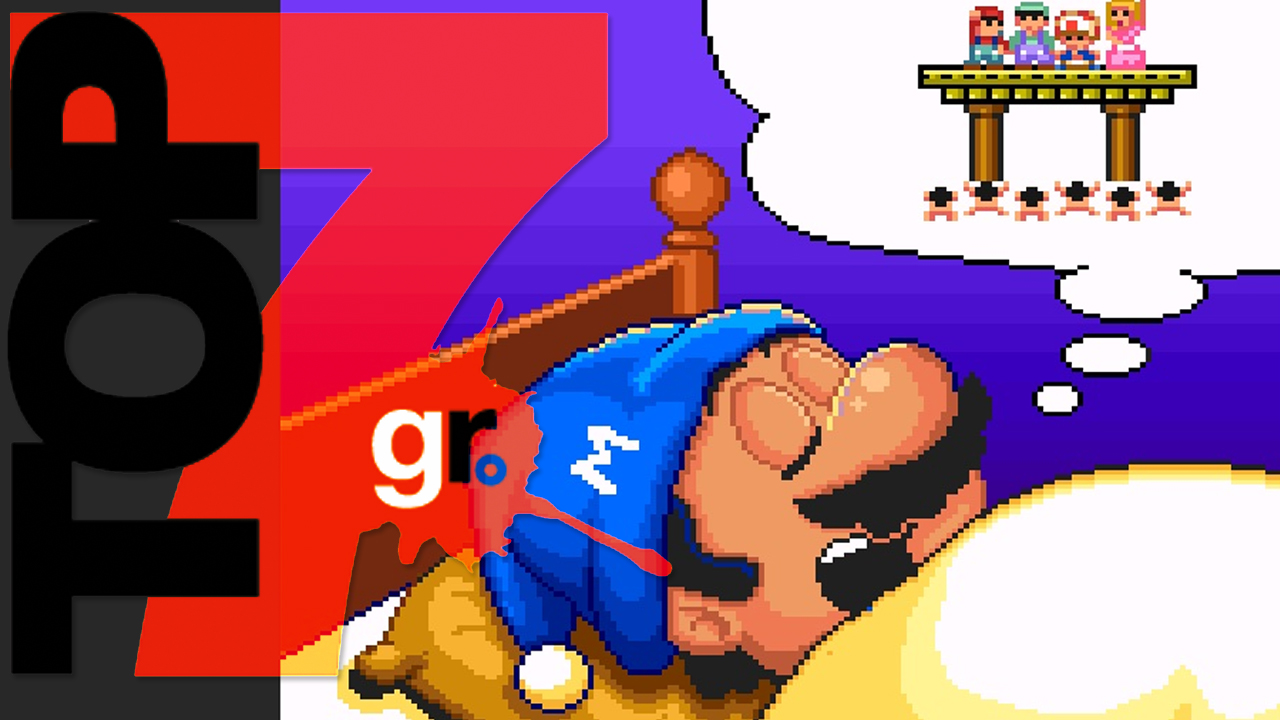
Just resting my eyes
Sometimes dreams let you fly. Sometimes they turn your mother into a squid, or have your old babysitter drive you to Vancouver in a car made of crackers. I won't confirm whether or not I've had these dreams myself. And sure, plenty of games feature dream sequences, but there are only a few that really use the potential of these unconscious fantasies to deliver something truly trippy.
Just like in most other media, many video game dreams are focused on pushing along the plot more so than freaking people out with sheer oddity. Yet, there's the occasional game that includes some really wild in-game sequences that are only available when characters go to sleep. Read on to see the strangest visits to the cloud cuckoo land in gaming history...
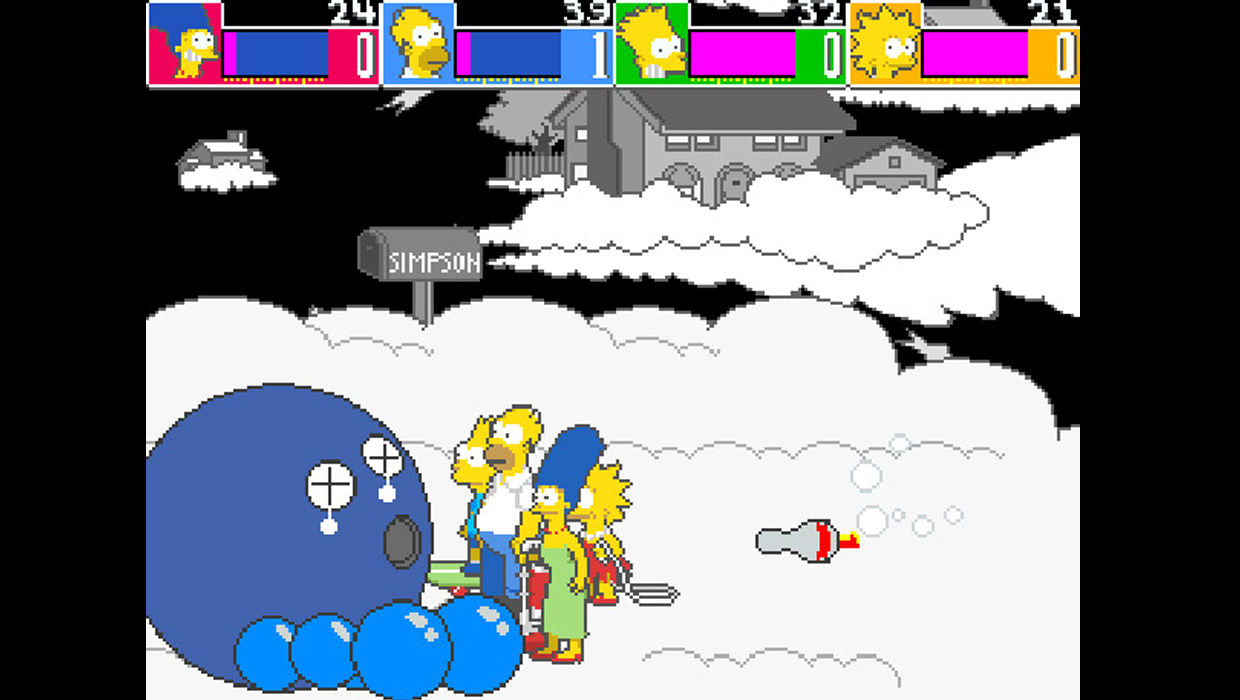
7. The Simpsons Arcade's group dream world
Years before Inception made group-dreaming hip, the family from Springfield all took a trip together in one of their earliest video game appearances. The Simpsons Arcade is your traditional '90s beat-'em-up and it takes players through many weird scenarios before even heading to dream land. Then, after beating up a family of bears (don't ask), the adventure gets really odd when the entire family almost drowns and shares a near-death dream together.
The murky dream world reflects the combined subconscious troubles of Homer, Bart, Marge, and Lisa. They battle walking donuts, clouds shaped like Marge's head, floating saxophones, and nuclear radiation suits with invisible men inside. They seem to represent the personal fears and insecurities all of the Simpsons face, though I'm not qualified to diagnose why they all battle a massive bowling ball man at the end of the level. Perhaps bowling takes up so much of Homer's time that everyone else resents the level of importance he treats it with. That, or they all have an unnatural fear of bowling balls.
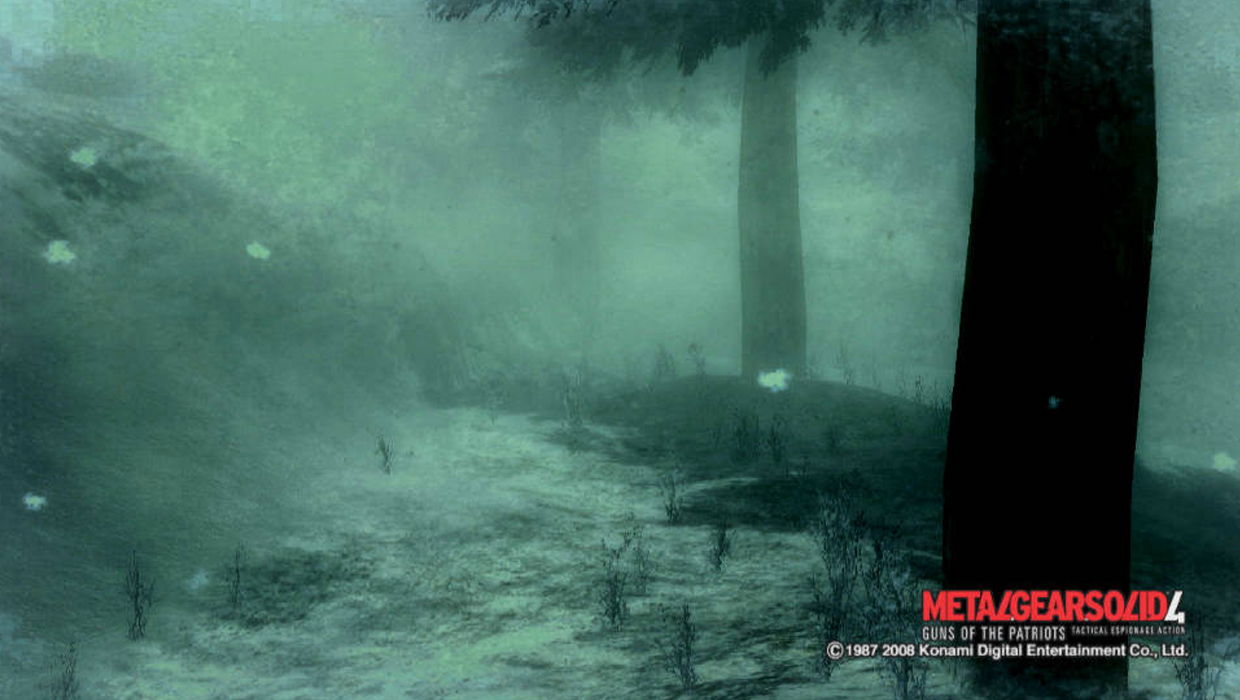
6. Metal Gear Solid 4's return to Shadow Moses
Although the Metal Gear Solid series just keeps on going, the fourth game seemed pretty final when it launched in 2008. It wraps up almost every plot thread and character arc, including bringing players back to the setting of the first MGS, Shadow Moses. Solid Snake and Otacon are chasing the diabolical Liquid Ocelot to the old base, but before they actually arrive Snake has a very vivid flashback.
MGS4's fourth act begins by booting up the PlayStation version of Shadow Moses, with the stiff character movements and grainy textures you expect from 32-bit polygons. Game director Hideo Kojima is known for messing with fans, so you don't know how long the impressively accurate flashback will last. It ends a couple minutes later with Old Snake snapping out of this nightmare, and you then get to explore current Shadow Moses that's rendered gorgeously by the PS3.
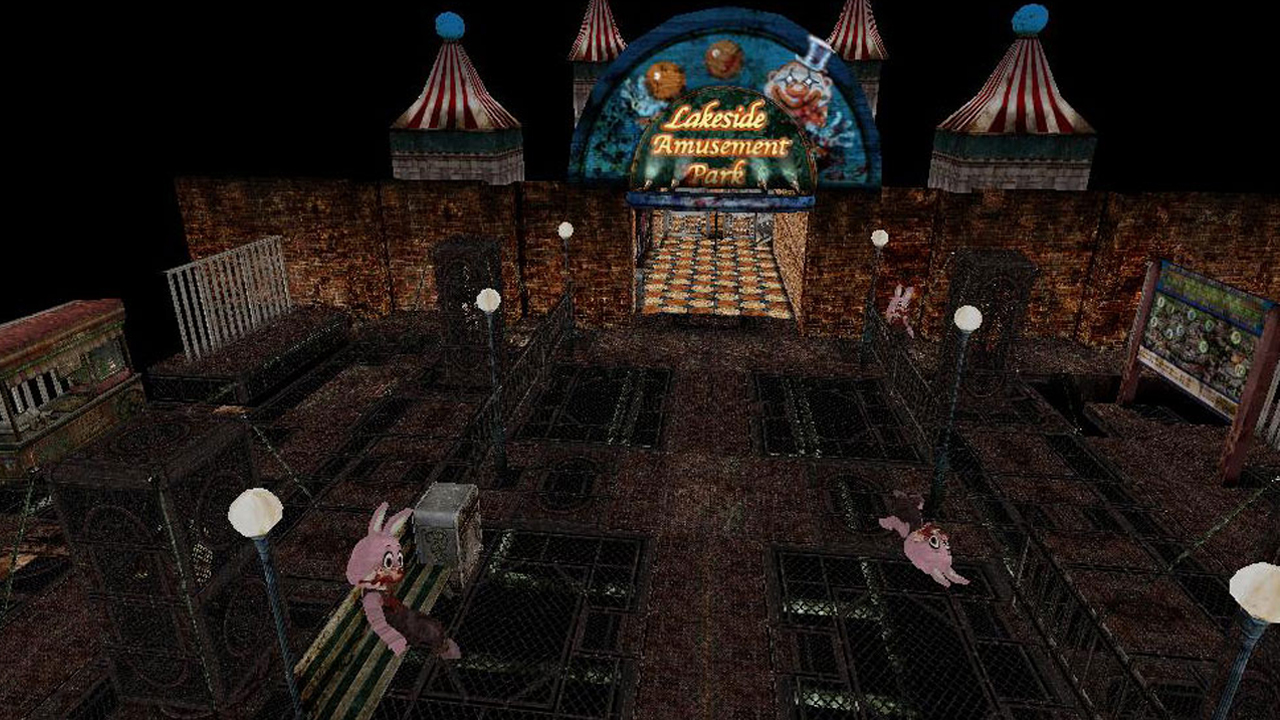
5. Silent Hill 3's unfriendly amusement park
Pretty much every Silent Hill game feels like a waking nightmare for both the player and the protagonists, but it's rare that the games explicitly state something is a dream. Yet, that's the very creepy way the developers choose to begin Silent Hill 3. You meet the lead, Heather, as she enters Lakeside Amusement Park, a place that should be familiar to Silent Hill aficionados. It's pitch black in the rusted-over locale, and the first things you see are two unmoving bodies dressed as the park's mascot, Robbie The Rabbit--it only gets more unsettling from there.
The sequence works as a quick introduction to the game's many mechanics, particularly exploration and combat, and it shows players a setting the series returns to again and again. It ends with Heather waking up just as she's about to be run over by a train, likely symbolic of the horrible destiny that awaits her. She then walks around an empty mall, but we know she'll get pulled back to Silent Hill soon enough--and then the nightmare will be real.
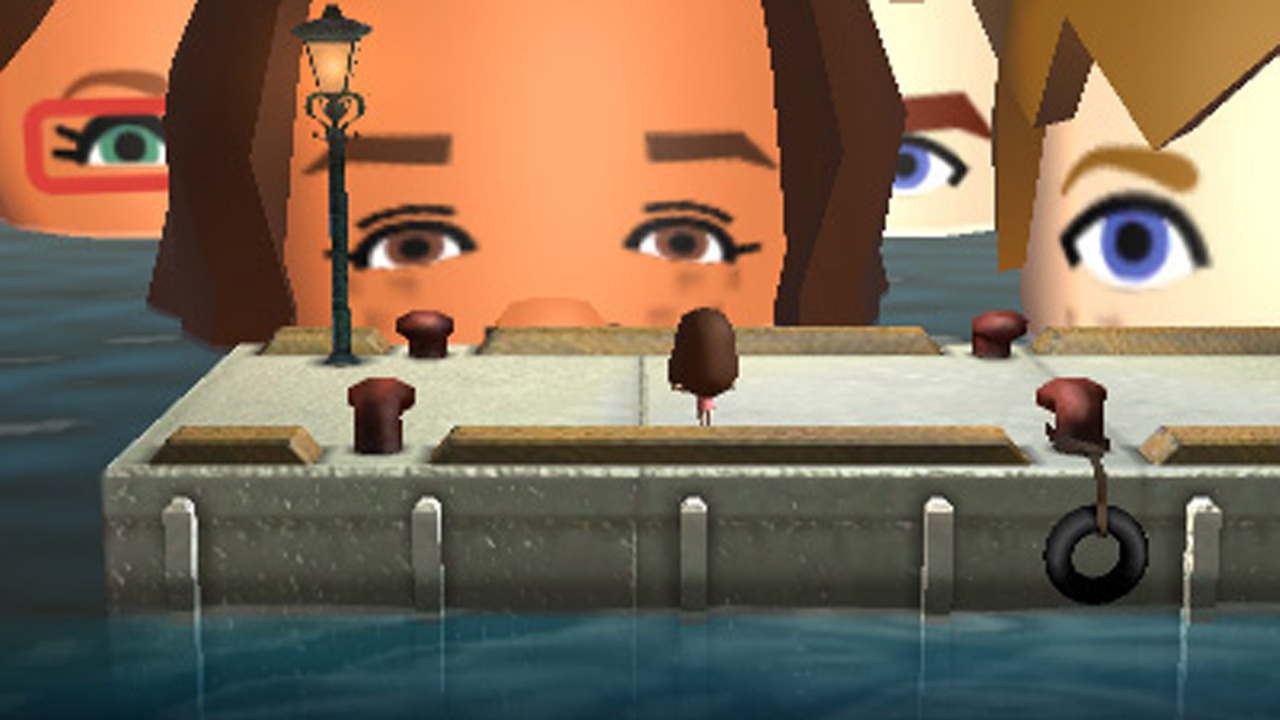
4. Tomodachi Life's everyday nightmares
A common misconception about Tomodachi Life is that it's a sim game. In actuality, it's a random humor generator where tiny Mii avatars face the oddities of everyday life. Some of the game's best moments of weird fun are when you can see a Mii's random dreams. All the brief fantasies are unpredictable nonsense that are good for a chuckle, and some even give you a gift for your troubles.
The most weirdly entertaining Tomodachi dreams include two Miis driving endlessly in search of the right road, a pair of food items announcing their plan to get married, and giant heads rising out of the ocean. My personal favorite of the diverse set of nightmares has to be your Mii feeling watched, only to have the player's face (via the 3DS camera) appear in the window, a realization that shocks the Mii awake. Without using anything truly horrifying, Tomodachi Life shows that some of the scariest nightmares are the ones that are all too real.
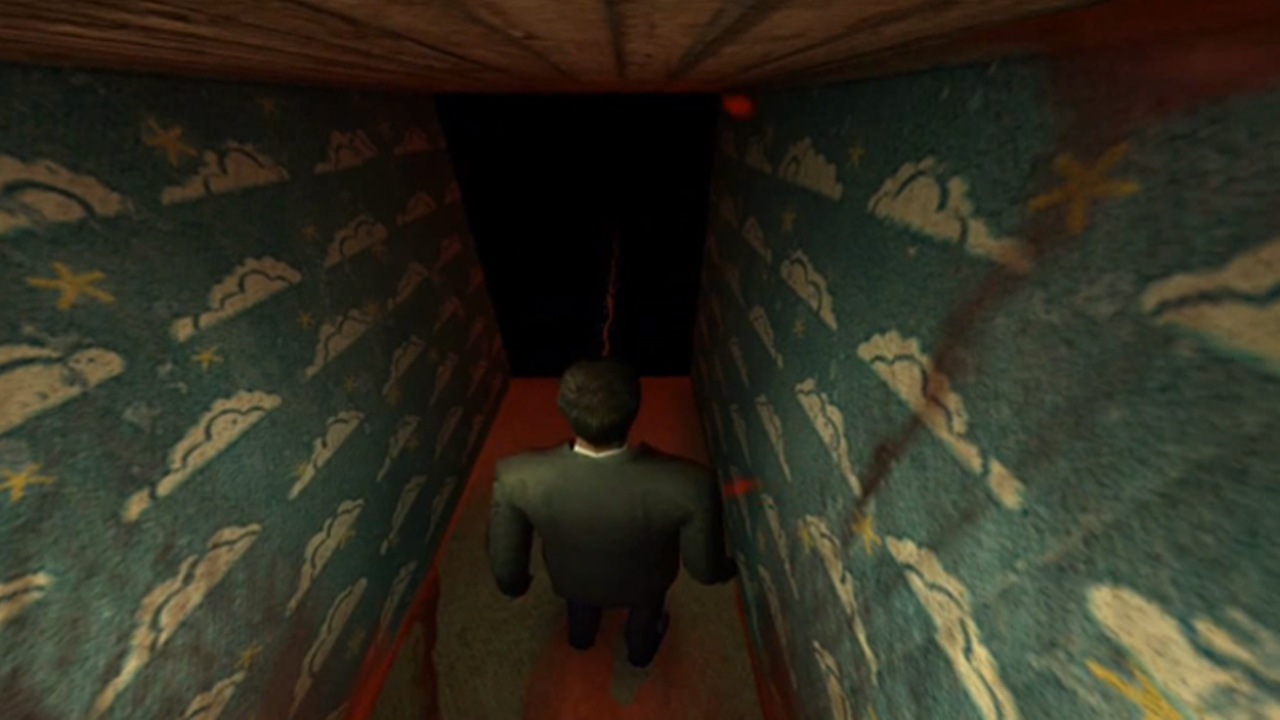
3. Max Payne's crying baby
The original Max Payne is about as grim and gritty as a shooter can get, but it also has some of the most unnerving dream sequences in gaming. After gunning down dozens of mobsters in slow motion, fallen hero Max has some very troubling dreams set in his old home. The shifting walls and deep reds and greens amp up the unease as players search for a way out of the maze of his subconscious, all while a baby's wails slowly rise in the background.
Exploring these stages is often frustrating, but this abstract visualization of grief and fear are also some of the more memorable in Max Payne's history. It gets even trippier with fourth wall-breaking suggestions that Max is merely a puppet controlled by others in a PC game. To paraphrase Sigmund Freud, sometimes a cigar is just a cigar, and sometimes a crying baby is just a representation of the death of your family, your quest for redemption, and your ultimate powerlessness in the world.
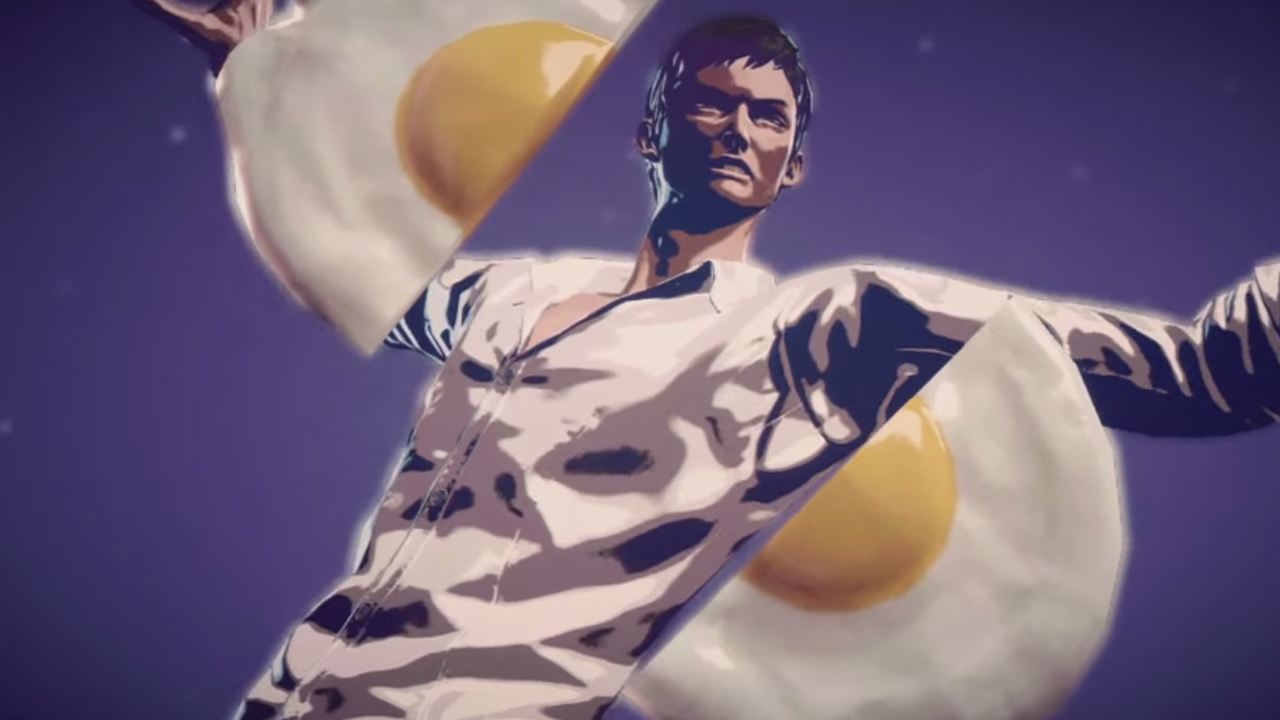
2. Killer is Dead's breakfast nook
Ever have that dream where you're back in your childhood home, but everything is a little... off? Like, your mom isn't making eggs just the way you like, and she's also a weird silhouette version of herself. And then you come across your childhood crush, only they're accompanied by a glowing unicorn that no one even acknowledges. Then a woman in red leather starts a boss fight and shoots blood at you. That's Killer Is Dead's dream sequences in a nutshell.
These nightmares belong to protagonist Mondo Zappa, and the dreams are some of the few memories he has left. He knows that--as a child--he watched a girl named Moon River drown, and that he likes his eggs over-easy. It's an off kilter segment for sure, one that includes a boss battle that drops the game's normal third-person view to instead have the fight play out through the big bad's eyes. The dream sequence is supposed to work as a major plot revelation, but it's so very strange that it's tough to pin down what exactly that is, even after you finish the game.
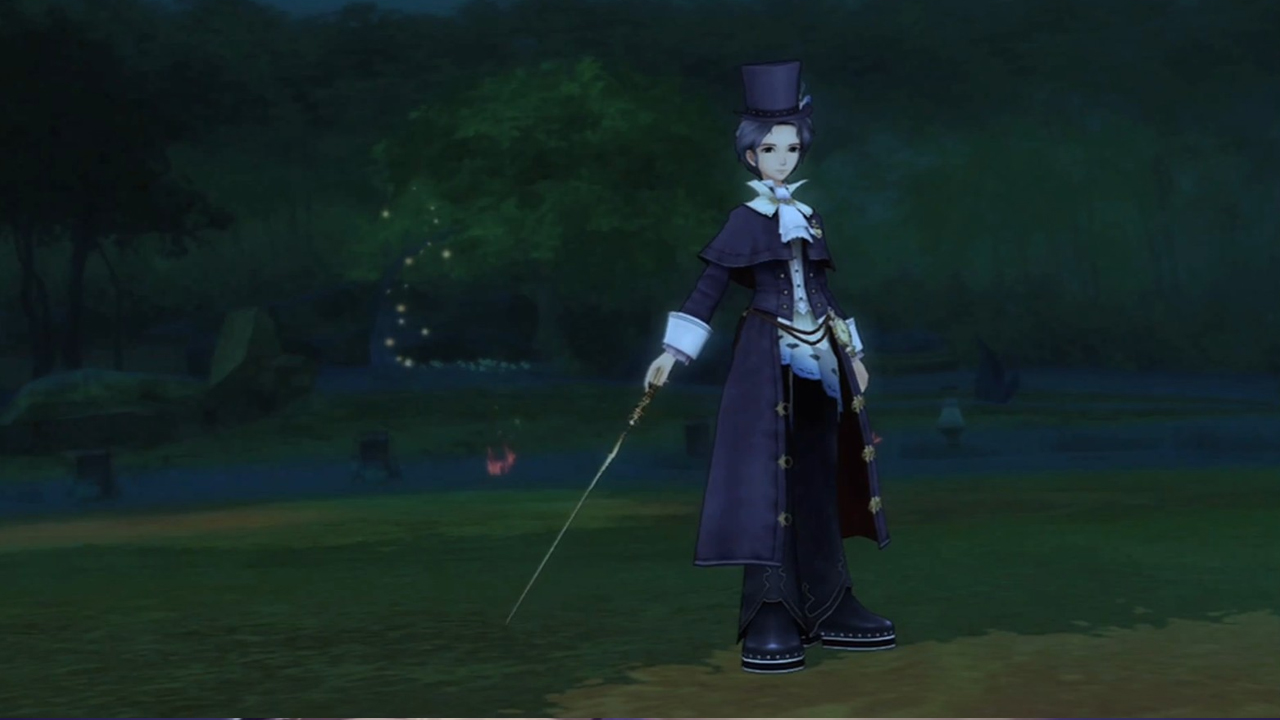
1. The entirety of Eternal Sonata
It's not unheard of to see games bring historical figures to life in titles like Assassin's Creed, Call of Duty, and Uncharted, but I doubt anyone expected a JRPG starring composer Frdric Franois Chopin. The Romantic era songwriter is known for iconic, piano-heavy compositions (though I don't need to tell you that, right?), and he died in 1849 at the young age of 39. History says he passed away from tuberculosis, but Eternal Sonata suggests that he spent his last days dreaming of a lengthy JRPG.
Eternal Sonata is a particularly lucid dream, as Chopin is aware he's fantasizing this colorful land of swords and sworcery, battling monsters and gaining XP as he slowly breathes his last breath in the real world. The campaign-length hallucination not only suggests that Chopin was obsessed with music till the end--major characters are named Polka, Count Waltz, and Salsa--but the dream also reveals that the composer was very ahead of his time when it came to game design. He could dream up turn-based battles and RPG cliches almost 150 years before the genre existed. Impressive.
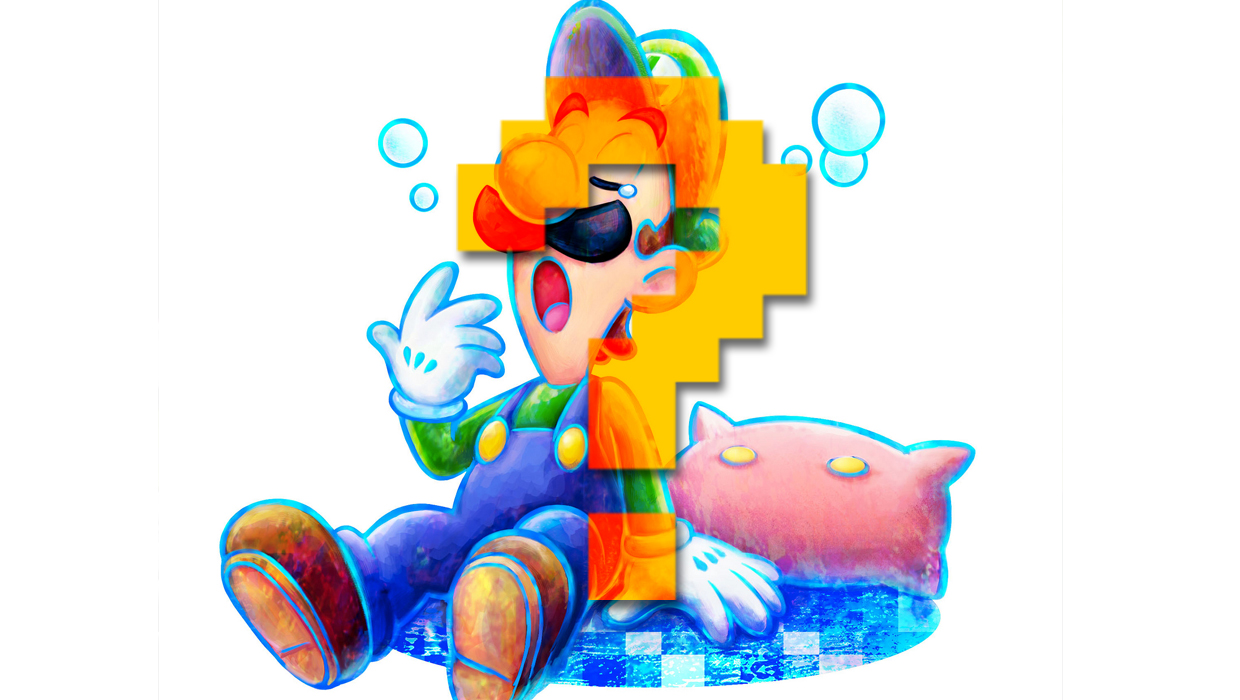
It was all a dream... Or was it?
So ends our brief, trippy excursion into the land of dreams, but if you have any other visions that have stuck with you, feel free to share them in the comments. Hell, if you want to share your own dreams about video games, that's fine too.
Need more strangeness in your life? Check out 16 bizarre, strange, and utterly tragic Miiverse posts and top 7 weirdest theories about the Pokemon universe.

Henry Gilbert is a former GamesRadar+ Editor, having spent seven years at the site helping to navigate our readers through the PS3 and Xbox 360 generation. Henry is now following another passion of his besides video games, working as the producer and podcast cohost of the popular Talking Simpsons and What a Cartoon podcasts.


